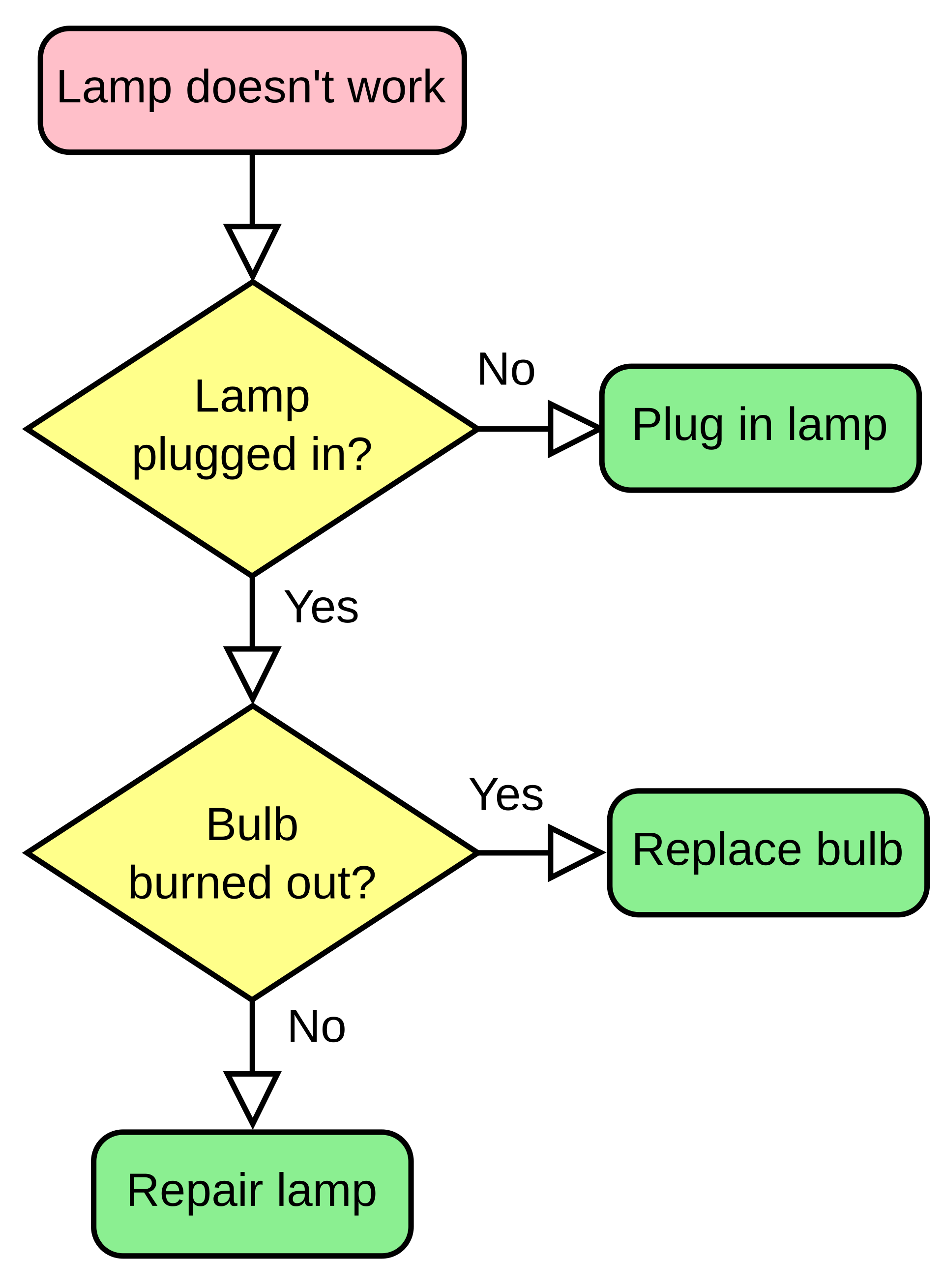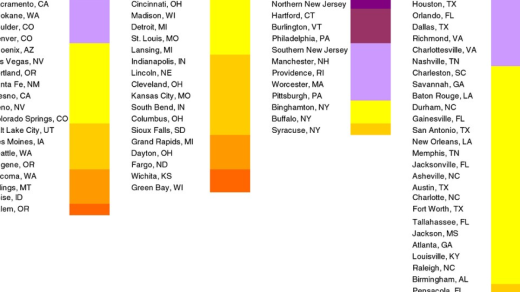In the world of software development, having a clear and comprehensive set of requirements is essential for success. This article will delve into the importance of developing a Software Requirements Guide and provide tips for creating one that will set your project up for success.
Understanding Software Requirements Specification Documents
When developing software, it is crucial to have a clear understanding of the Software Requirements Specification (SRS) document. This document outlines the necessary functionalities, constraints, and specifications for the software project. It serves as a blueprint for the development process, helping to ensure that the final product meets the needs of the users.
The SRS document typically includes a detailed description of the software requirements, user stories, and requirements traceability matrix. It is essential for all stakeholders, including developers, designers, and project managers, to have a thorough understanding of the document to ensure successful project completion.
By following the guidelines outlined in the SRS document, teams can effectively plan, develop, and manage the software project. It provides a single source of truth for the project, helping to avoid misunderstandings and confusion among team members. Additionally, it allows for continual improvement throughout the software development life cycle.
Importance of Software Requirements Specifications
Software Requirements Specifications (SRS) are crucial in the software development process as they serve as the foundation for the project. They outline the requirements and expectations of the software, ensuring that all stakeholders are on the same page. Without clear and detailed SRS, the development process can face uncertainties, leading to delays and cost overruns.
SRS help in defining the scope of the project, setting clear goals and objectives for the development team to follow. They serve as a reference point throughout the development process, ensuring that the end product meets the needs and expectations of the users. Additionally, SRS help in requirements traceability, linking each requirement to the corresponding design and implementation, making it easier to track changes and updates.
By creating detailed and accurate Software Requirements Specifications, teams can streamline the development process, reduce risks, and improve the overall quality of the software. It is a critical step in ensuring that the final product aligns with the business goals and provides value to the users.
Writing an Effective SRS Document
When writing an SRS document, start by clearly defining the requirements of the software. This includes specifying the functionality, performance, and constraints of the system. Use user stories to capture the needs of different stakeholders and ensure that the document is focused on the end users.
Next, break down the requirements into smaller, more manageable tasks to facilitate agile development. Use tools like Perforce for version control and traceability. Include a detailed description of the system’s interfaces and interactions with other systems.
Make sure to involve stakeholders throughout the process to ensure that the document accurately reflects their needs. Regularly review and update the SRS document to incorporate new requirements and changes. Finally, ensure that the document serves as the single source of truth for the project, guiding development and serving as a reference point for all stakeholders.
Identifying User Needs and Personas
By conducting user research, interviews, and surveys, you can gather valuable insights to create effective software requirements. This process ensures that the final product meets the users’ expectations and solves their problems. **Agile software development** methodologies like user stories and continuous feedback loops can also aid in refining user needs.
Considering factors such as language, gender, and market value can further enhance the persona development process. It is essential to document these requirements clearly in a **traceability matrix** to ensure they are met throughout the software development lifecycle.
Describing System Features and Functionalities
Furthermore, detailing the functionalities of the system will provide a clear roadmap for developers to follow during the software development process. This will help ensure that all necessary components are included, and that the software meets the requirements outlined in the guide.
By clearly outlining system features and functionalities in your software requirements guide, you can effectively communicate the vision for the software to all stakeholders involved in the development process. This will help to keep everyone aligned and working towards a common goal, ultimately leading to a successful software project.
Including External Interface Requirements
When developing software requirements, it is crucial to consider the external interface requirements. These requirements outline how the software will interact with external systems or users.
This includes specifying the inputs and outputs that the software will need to function properly, as well as any communication protocols that need to be followed.
By clearly defining these external interface requirements, you can ensure that the software will be able to seamlessly integrate with other systems and provide a smooth user experience.
Be sure to document these requirements thoroughly to avoid any misunderstandings or miscommunications during the development process.
Incorporating Nonfunctional Requirements

When developing software requirements, it is crucial to incorporate **nonfunctional requirements** to ensure the overall success of the project. These requirements focus on aspects such as performance, security, scalability, and usability, which are essential for the software to meet user expectations and business goals.
Including nonfunctional requirements in your software requirements guide helps provide a comprehensive overview of the project’s needs and constraints. By clearly defining these requirements, you can effectively communicate expectations to all stakeholders and ensure that the final product aligns with the desired outcomes.
Consider using tools such as **Perforce** to manage and track nonfunctional requirements throughout the software development lifecycle. This can help you stay organized, prioritize tasks, and make informed decisions to meet project goals effectively.
Involving Stakeholders in Requirement Development
When developing software requirements, involving stakeholders is crucial for success. Stakeholders, including end-users, developers, and project managers, provide valuable insights and perspectives that can shape the requirements effectively.
By engaging stakeholders early in the process, you can ensure that the requirements reflect the needs and expectations of all parties involved. This collaborative approach helps in creating a shared understanding of the project goals and objectives.
Utilize techniques such as workshops, interviews, surveys, and user stories to gather input from stakeholders. This will help in identifying key requirements, prioritizing them, and resolving any conflicting viewpoints.
Regular communication and feedback loops with stakeholders throughout the requirement development process are essential to ensure that the final product meets their expectations and delivers the desired business value.
Analyzing and Refining Requirements
One helpful tool in this process is creating user stories to outline the needs and expectations of different user personas. These stories can help to prioritize requirements and ensure that the final product meets the needs of the target audience. Additionally, creating a detailed specification document can help to clarify technical standards and expectations for the development team.
Throughout the requirements analysis process, it is important to consider factors such as market value, business logic, and user experience. By taking a holistic approach to requirements gathering and analysis, you can ensure that the final product meets the needs of all stakeholders and delivers maximum value.
Tracking Changes and Prioritizing Requirements
When developing software requirements, it is crucial to track changes and prioritize them accordingly. This ensures that the project stays on track and meets the needs of all stakeholders involved. By keeping a record of changes, you can easily identify any modifications that may impact the overall project timeline or budget.
Prioritizing requirements is essential in Agile software development, as it helps teams focus on delivering the most valuable features first. This approach ensures that the software meets the needs of the end users and provides *maximum business value*. By understanding the needs of different personas and creating user stories, you can tailor the requirements to specific user groups, enhancing the overall user experience.
It is important to document all requirements clearly and concisely, using tools such as Microsoft Word or specialized software documentation tools. This helps in managing uncertainty and ensuring that all team members are on the same page.
Mistakes to Avoid in Writing Software Requirements
When writing software requirements, it is crucial to avoid certain mistakes to ensure the success of your project. One common mistake is being too vague or ambiguous in your requirements, which can lead to misunderstandings and delays in the development process. Another mistake to avoid is including unnecessary or irrelevant details that can clutter the document and make it harder to understand.
It is also important to avoid making assumptions about the end user’s needs and preferences. Instead, focus on gathering input from stakeholders and users to create requirements that accurately reflect their needs. Additionally, be sure to avoid using technical jargon or industry-specific language that may be unfamiliar to some readers.
Lastly, it is essential to regularly review and update your software requirements throughout the development process to ensure they remain relevant and accurate. By avoiding these common mistakes, you can create clear and effective software requirements that help guide your project to success.



